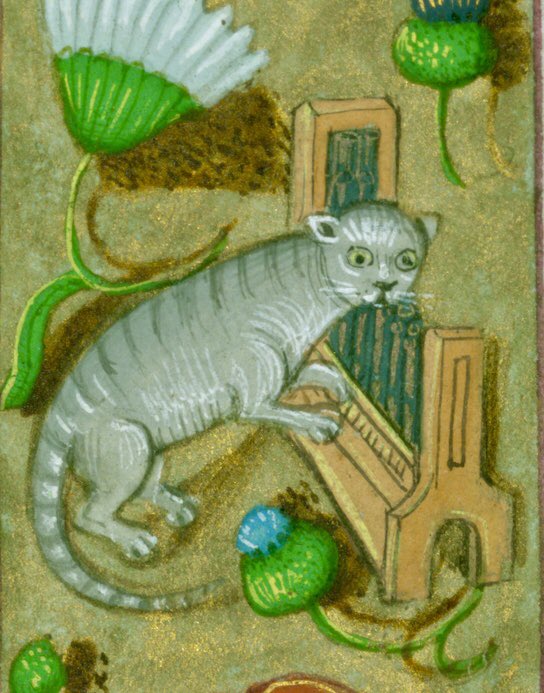When nothing else is happening on a quiet weekend afternoon, I will often go for a walk through our neighborhood, South of Market (SOMA) and South Beach. Our neighborhood is in many ways more like New York than the rest of San Francisco, with its old industrial buildings, dilapidated piers on the waterfront, and new condo developments. But perhaps that adds to the sense of familiarity, and of “home”, amidst the concrete.
Our walk usually begins on Townsend Street, heading east towards the waterfront. This area is dominated by AT&T Park, home of the San Francisco Giants. But while crowds head towards the stadium in the summer, we often head in the opposite direction. There is a little park at the end of Townsend along the Embarcadero, where I often see older Eastern European folks. Across the park is the cul-de-sac that marks the end of Delancy Street, a name reminiscent of the Lower East Side of Manhattan. Here I often stop at a small cafe – it has a large garden that can be enjoyed on its own or for the glimpses of the bay it affords.
  |
There are some books I only seem to read when I’m out at places like this, rather than at home. One such book is The Cat: A Tale of Feminine Redemption . I will stop and read a chapter while enjoying a coffee and the views. Though sometimes I opt for one of our free weekly papers instead. I like the idea of being contrary, reading esoteric books while a major sporting event is going on nearby. But in a large, cosmopolitan city, there are always people doing their own thing. One is never really alone. . I will stop and read a chapter while enjoying a coffee and the views. Though sometimes I opt for one of our free weekly papers instead. I like the idea of being contrary, reading esoteric books while a major sporting event is going on nearby. But in a large, cosmopolitan city, there are always people doing their own thing. One is never really alone. |
Beyond the cafe is the southern portion of the Embarcadero, which contains glimpses of a seedy and crumbling past while being revitalized with the stadium and frenzied development.

Heading south along the Embarcadero, one approaches the Bay Bridge. Commercial buildings, as well as residential complexes, have sprung up in its shadow. I enjoy seeing these buildings fit comfortably beneath the bridge:

Some of them have appear older, more reminiscent of the 1970s or even earlier, while huge new high rises are going up all around them.
I then often turn back inward from the waterfront on Bryant Street. This is generally a wide street that crosses SOMA and the Mission District, but here it is a narrow alley between the steep approaches to the Bay Bridge and a residential block.

Again, the feeling is more of a residential section of New York, perhaps Riverdale in the Bronx, or the Upper West Side. Of course, the fact that this block interests Delancy Street adds to this impression.

Longtime residents and admirers of San Francisco often look down upon this area, but I find it a comforting place to walk and explore. Certainly, there is familiarity coming from New York, which has always defined “city” for me. And perhaps the sense that I am finally living the city life that I should have done long ago – I am finally home.
The narrow streets and tall buildings abut the hill and the approach to the bridge, with a complex array of staircases and ramps. I often find an excuse to climb at least one, such as this that connects the lower alley section of Bryant Street to the main section that begins on top of the hill.

At the top, one is amazingly close to the freeway and byzantine ramps that feed onto the bridge:

Heading back down the hill towards the west, one can take a detour through South Park, which has nothing to do with the popular cartoon. Instead, it is a small park surrounded by two-story residences that feels more like a neighborhood in Brooklyn. Although it is not far from the this section of freeway we featured a few weeks ago, such things seem invisible and far away. But step outside this oasis, and one is back in the “concrete jungle” and the streets that lead home.
]]







 Possibilities is Herbie Hancock’s autobiography released in late 2014, not long after I saw him accept his lifetime achievement award at the SFJAZZ gala. Like the gala event, the book attempts to weave together the earlier (and in my opinion best) work with his continuing to be vital and creative artist. It didn’t change my over all assessment of his music – I revere what he did in the 1970s with The Headhunters and Mwandishi as close to musical perfection, but shrug at what most of what he did in the 1980s through the end of the century (with notable exceptions like Rockit).
Possibilities is Herbie Hancock’s autobiography released in late 2014, not long after I saw him accept his lifetime achievement award at the SFJAZZ gala. Like the gala event, the book attempts to weave together the earlier (and in my opinion best) work with his continuing to be vital and creative artist. It didn’t change my over all assessment of his music – I revere what he did in the 1970s with The Headhunters and Mwandishi as close to musical perfection, but shrug at what most of what he did in the 1980s through the end of the century (with notable exceptions like Rockit).















